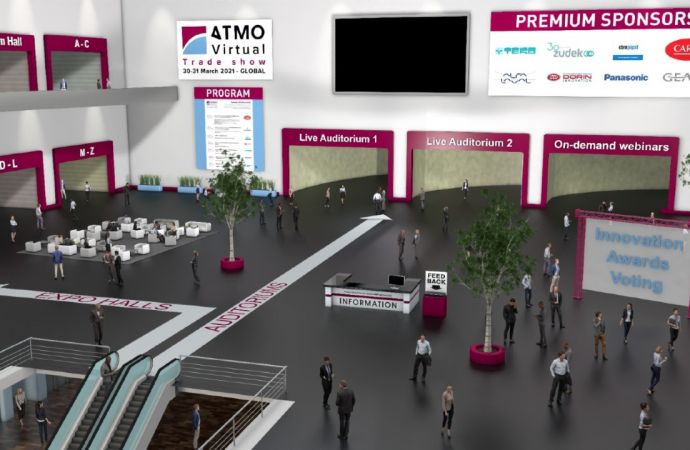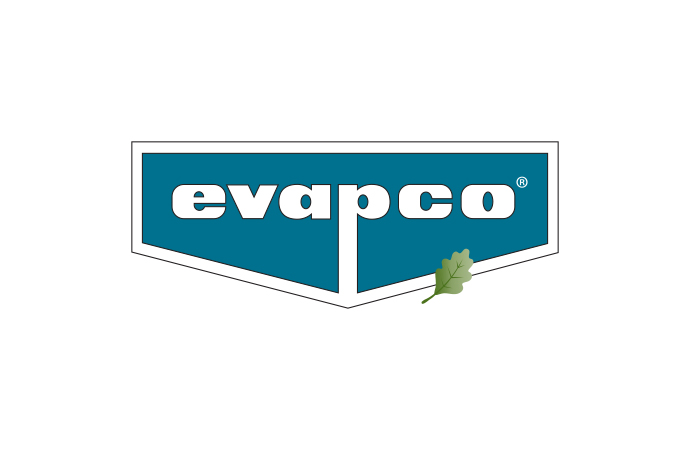The leaders of the ammonia refrigeration industry convened end of March at one of the world's largest gathering of industrial refrigeration players. The 2011 IIAR Conference included technical presentations as well as a trade show where ammonia products were displayed. ammonia21.com provides a summary of some of the technical information disseminated at the event.

The International Institute of Ammonia Refrigeration (IIAR) 2011 Industrial Refrigeration Conference & Heavy Equipment Show was held in Orlando, Florida end of March, bringing together 1,200 leading technology, manufacturer, contractor and training industry delegates.
The 2011 technical programme included workshops with presentations of technical papers designed to give a thorough update on safe operations, good maintenance and energy efficiency within the industrial refrigeration industry.
Integrated cooling and heating systems running with ammonia
Star Refrigeration qualified the non-recovery of waste heat as a major “thermodynamic crime”. Dumping energy while fossil fuels are burnt at a later stage to cater for other energy needs of a refrigeration plant is not a sustainable solution . The UK-based company underlined efforts made by Nestlé to put in place an integrated NH3 heating and cooling system helping the food business saving one quarter of its energy bill.
Rightsizing evaporators helps increasing system energy performance
Güntner reminded that there are many methods for calculating capacity ratings of air coolers. However, a key to achieving genuine energy savings lies in rightsizing the evaporators. Taking on board the real operating conditions of the air coolers should be the priority parameter for good system design. In addition, sensible and latent heat loads should be carefully considered when selecting air coolers to avoid getting too much or too little coil. Moreover, in order to reduce the rate of frost formation and moisture removal, Güntner recommends the use of efficient fins.
Evaporative condensers as the most appropriate technology to condensate ammonia in industrial refrigeration
EVAPCO provided an analysis comparing the respective design requirements of evaporative condensers on one hand and open cooling towers on the other. The company evaluated the two options in terms heat transfer efficiency, capital cost, refrigerant charge, maintenance, safety and operating costs.
They concluded that the advantages of evaporative condensers outweigh their disadvantages, rendering them the most appropriate technology for condensing ammonia in industrial refrigeration applications that require low temperatures.
Savings that can be achieved through high-rise automated warehouses
Gerald von Dohlen, owner of Newark Refrigerated Warehouses located in the USA, compared his experience with a high-rise automated warehouse and compared it with a conventionally built cold store.
Infiltration, defrosting, lighting loads, forklift loads, human presence and roof loads usually penalise the energy bill of a conventional cold store. Calculations made by von Dohlen indicate that a non-automated refrigerated warehouse would consume around 0.7 kilowatt hours per cubic feet per year. His analysis also shows that its automated equivalent would be able to slash the energy consumption of such a building by more than half.
Finally, thanks to widely available automation systems, business operators can further reduce their overheads by cutting down significantly on labour costs.
The 2011 technical programme included workshops with presentations of technical papers designed to give a thorough update on safe operations, good maintenance and energy efficiency within the industrial refrigeration industry.
Integrated cooling and heating systems running with ammonia
Star Refrigeration qualified the non-recovery of waste heat as a major “thermodynamic crime”. Dumping energy while fossil fuels are burnt at a later stage to cater for other energy needs of a refrigeration plant is not a sustainable solution . The UK-based company underlined efforts made by Nestlé to put in place an integrated NH3 heating and cooling system helping the food business saving one quarter of its energy bill.
Rightsizing evaporators helps increasing system energy performance
Güntner reminded that there are many methods for calculating capacity ratings of air coolers. However, a key to achieving genuine energy savings lies in rightsizing the evaporators. Taking on board the real operating conditions of the air coolers should be the priority parameter for good system design. In addition, sensible and latent heat loads should be carefully considered when selecting air coolers to avoid getting too much or too little coil. Moreover, in order to reduce the rate of frost formation and moisture removal, Güntner recommends the use of efficient fins.
Evaporative condensers as the most appropriate technology to condensate ammonia in industrial refrigeration
EVAPCO provided an analysis comparing the respective design requirements of evaporative condensers on one hand and open cooling towers on the other. The company evaluated the two options in terms heat transfer efficiency, capital cost, refrigerant charge, maintenance, safety and operating costs.
They concluded that the advantages of evaporative condensers outweigh their disadvantages, rendering them the most appropriate technology for condensing ammonia in industrial refrigeration applications that require low temperatures.
Savings that can be achieved through high-rise automated warehouses
Gerald von Dohlen, owner of Newark Refrigerated Warehouses located in the USA, compared his experience with a high-rise automated warehouse and compared it with a conventionally built cold store.
Infiltration, defrosting, lighting loads, forklift loads, human presence and roof loads usually penalise the energy bill of a conventional cold store. Calculations made by von Dohlen indicate that a non-automated refrigerated warehouse would consume around 0.7 kilowatt hours per cubic feet per year. His analysis also shows that its automated equivalent would be able to slash the energy consumption of such a building by more than half.
Finally, thanks to widely available automation systems, business operators can further reduce their overheads by cutting down significantly on labour costs.
MORE INFORMATION
Related stories









_1522327086.png)

